#italian empire
Explore tagged Tumblr posts
Text
DAY 26. - CHAINS

[This is a healthy relationship]
#I want himm😭😭😭#But yes italy content I guess#Raaaaaa#I need him 😭🙏#anyone#I'm very alone and desperate 😔#countryhuman#countryhumans#art#countryhumans art#digital art#inktober#illustration#digital illustration#shiptober#inktober 2024#countryhumans italy#countryhumans italian empire#italy#italian empire
13 notes
·
View notes
Text
History Memes #44

#funny humor#history memes#funny memes#history#funny#humor#meme humor#roman empire#roman memes#byzantine#Byzantine memes#italy#italian empire#hre#holy roman empire#hre memes#Italian memes
40 notes
·
View notes
Text

"Inferno Rages in Sand, Sky of Libya War Zone," Toronto Star. May 28, 1942. Page 23. ---- WITH TANKS AND PLANES the war has flared again in the Libyan desert as the Axis forces launched a four-pronged drive at British positions west and south of Tobruk. "The biggest tanks I have seen in two years of desert warfare," was the description given by one foreign correspondent of German tanks. The R.A.F. is in heavy action only 15 miles west of Tobruk. CENTRE OF THE FOUR-PRONGED Axis drive against the British in the desert is between Ain El Gazala, 30 miles west of Tobruk and Bir Hacheim, southeast of Tobruk. There the British have powerful artillery concentrations, such as these, and, according to London sources, the defences in the rear are even more powerful than the outlying strong points. DURING THE LULL in desert warfare both sides brought up reinforcements and new equipment. The Axis is said to be using bigger tanks with very strong armor. British forces, too, have new equipment. Ever ready for a possible gas attack, British have masks such as this, being placed on a soldier by a South African W.A.A.F. sergeant.
BEST WAY to put enemy aircraft out of action is to blast them, before they get off the ground and both sides have been doing this since the war flamed up again in the Libyan desert. These are Italian planes burning after a British attack on a airdrome.
ROMMEL'S TANK COLUMNS are in the forefront of the Libyan battle and one observer says that almost all the Axis armored columns are now in the fight. London sources state "no real offensive can be mounted unless the attacking forse holde both Bengazi and Tobruk." The Axis is making a fierce drive only 15 miles from Tobruk. The British are confident. "Let 'em come and get us!" is their motto.
#tobruk#battle of tobruk#second battle of tobruk#battle of gazala#panzerarmee afrika#afrika korps#tank regiment#armored warfare#panzers#desert air force#royal air force#air raid precautions#axis vs allies#world war ii#eighth army#western desert campaign#north africa campaign#italian libya#italian empire#british empire
0 notes
Text

Sir Lawrence Alma-Tadema, The Meeting of Antony and Cleopatra
#art detail#classic art#traditional painting#traditional art#19th century art#oil painting#classical art#art details#art history#art#art study#artwork#1800s art#academic art#20th century art#art nouveau#british art#contemporary art#german art#fine art#italian art#modern art#renaissance art#spanish art#victorian art#vintage art#cleopatra#roman empire#rome#roma
433 notes
·
View notes
Text
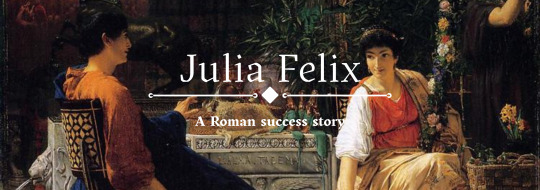
"Here’s what we know about Julia Felix: she lived in Pompeii from at least 62 CE. She was possibly illegitimate but was definitely not a member of the social and cultural elite. She worked for a living setting up and running a very interesting business and, by 79 CE, she had planned to shift her focus from managing a business to owning property. We know all these things because twentieth-century excavations at her business uncovered an advert, carved in stone and attached to the external wall of her huge building. It reads:
"To rent for the period of five years from the thirteenth day of next August to the thirteenth day of the sixth August, the Venus Bath fitted for the nogentium, shops with living quarters over the shops, apartments on the second floor located in the building of Julia Felix, daughter of Spurius. At the end of five years, the agreement is terminated."
This find illuminated the building it was attached to, bringing what otherwise looked like a very large anonymous domestic house into dazzling focus. With this description of the purpose of each room written by the owner herself, archaeologists and historians could see the site through a whole new lens and they realised that they had discovered a Roman entertainment space for the working middle classes. It is, so far, a completely unique find and it is magnificent. It offers us, as modern viewers, two amazing things: a little glimpse into the lives of the commercial classes of the Roman Empire who are so often completely and utterly invisible, and a brutal reminder that so much of what we ‘know’ about Roman women in the Roman world comes from rules concerning only the most elite.
We’ll do that second part first, because it’s the least fun. Roman written and legal sources are pretty universal in their agreement that although women could own property, they could not control it; they had no legal rights, could not make contracts and were to be treated as minors by the legal system for their entire lives. In order to buy or sell property women required a male guardian to oversee and sign off on any transactions. This is a basic truism of women in the Roman Empire, repeated ad nauseum by sources both ancient and modern including me, and it is undermined by Julia Felix’s rental notice.
The rental ad makes it pretty clear that Julia Felix is the owner-operator of a business complex including public baths, shops and apartments (there’s more too, as we’ll see), and she doesn’t seem to require anyone else to help her rent it out. She names her father – sort of; ‘Spurius’ might just mean that she is illegitimate – but this is effectively a surname, a personal identifier to differentiate her from other Julia Felixes in the area. It doesn’t mean her father was involved. Furthermore, the use of her father’s name as an identifier suggests that Julia didn’t have a husband and was either unmarried or widowed in 79 CE. The strong implication of her advert is that Julia Felix was an independent lady, a honey making money and a momma profiting dollars who could truthfully throw her hands up to Destiny’s Child.

We will never know if Julia escaped the flames and choking ash of 79 CE, fleeing as it swallowed her business and her home, but one discovery, made on 28 January 1952, suggests that she didn’t. The archaeologists, led by Amedeo Maiuri, uncovered on that day the skeleton of a woman who had fallen while running across the garden during the disaster. It’s clear this fallen woman was well off, because she was wearing a lot of gold jewellery. She carried four gold half-hoop earrings and wore four gold rings. Two of these rings were particularly expensive; both contained a red carnelian gem, one carved with a figure of Mercury, the other with an eagle. Around her neck she wore a necklace of gold filigree, dotted with ten pearls and hung with a green pendant. Someone stole both the necklace and earrings from the Pompeii Antiquarium in 1975 and no one, somehow, had ever bothered to photograph them so all we have are descriptions but the rings that survive are fine and expensive. The woman who wore them – was wearing them when she died – had real money to buy these objects and the woman who wore them did'nt leave Pompei in time.
Moreover, when she was found it was clear that at the moment of her death she was heading not towards the street or towards safety, but towards the shrine to Isis in the garden where all the most valuable possessions were kept. The valuable possessions that Julia Felix grafted for and maybe couldn’t bear to leave behind. There’s no way to tell whether this skeleton is Julia Felix, whether these bones once stood and looked at the plots of land Julia bought and made plans, or whether they belong to a looter or a chancer or someone just caught out. But it’s nice to pretend that Julia Felix, who shaped the city’s roads around her dream and offered respite and luxury to workers and made a tonne of money doing it, died and was buried with the place that still bears her name."
A Rome of One's Own: The Forgotten Women of the Roman Empire, Emma Southon
#julia felix#historyedit#history#women in history#ancient rome#pompei#businesswomen#italy#italian history#roman history#roman empire#1st century#historyblr#historical figures
721 notes
·
View notes
Text
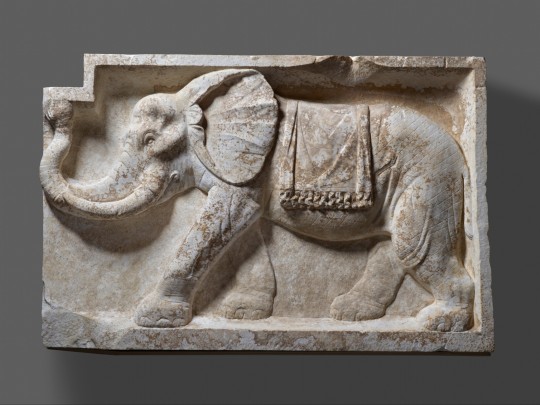
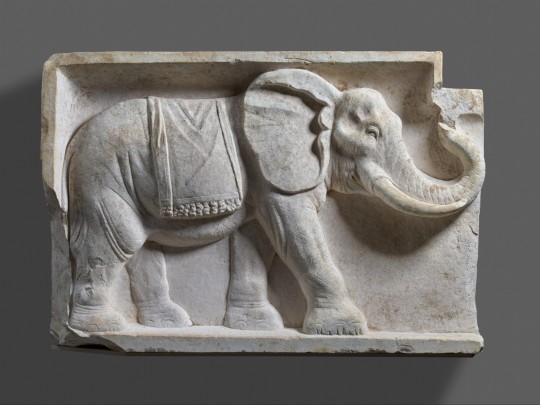
~ Pair of Architectural Reliefs with Elephants.
Date: A.D. 80–100
Culture: Roman
Place of origin: Western Roman Empire
Medium: Italian marble
#ancient#ancient art#history#museum#archeology#ancient sculpture#ancient history#archaeology#getty#western roman empire#roman#architectural relief#elephants#a.d. 80#a.d. 100#Italian marble
2K notes
·
View notes
Text

FEARSOME GODZILLA has EVOLVED !
#godzilla#gojira#godzilla x kong: the new empire#monsterverse#legendary godzilla#kaiju#I HAVE COMETH BACK FROM THE MOVIE#AND I CAN SAY ITS PEAKK#i loved it so much#godzilla became italian
1K notes
·
View notes
Text
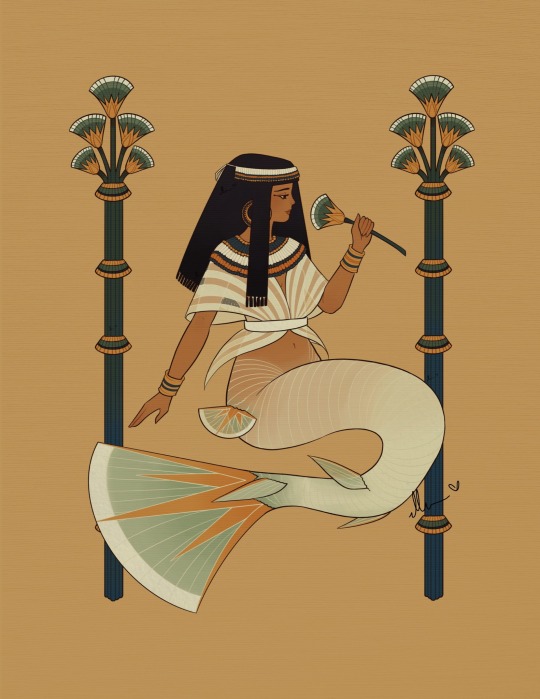







All the Historical Mermay’s together!
I had a lot of fun with this mermay prompt list by chloe.z.arts and they turned into a pretty cool collection of illustrations!
Prompt list by chloe.z.arts on instagram.
I am the artist! Do not post without permission & credit! Thank you! Come visit me over on: instagram.com/ellenartistic or tiktok: @ellenartistic
#historical mermay#mermay 2023#collection of mermaids#lnart#ellenart#historically inspired#historical fashion#it’s gonna be mermay#ancient egypt#ancient greece#tang dynasty#french medieval#italian renaissance#mughal empire#edo period#late victorian era
4K notes
·
View notes
Text

giulia farnese, lucrezia borgia, caterina gonzaga
we are. figuring out looks. slowly but surely, we're figuring out looks.
⭐ places I’m at! bsky / pixiv / pillowfort /cohost / cara.app / insta / tip jar!
#italian reanissance tag#blghghghghhh there's just so many people all the time#anyway back to cycling between books on the later roman empire/akhenaten/sparta&lakonia#i should finish the sparta&lakonia book because i want to do a sword&sandals type of comic set during the peloponnesian war#however. you ever read three pages of something and realize you have no idea what someone is talking about#every day reading about lakonia is like that. oof. it's fun tho! but i am going to go back to working on illustration work with#kamen rider on or something.#drawing tag
266 notes
·
View notes
Text

Giovanni Antonio Pellegrini (Italian, 1675-1741) Apollo, 1718 Mauritshuis, Den Haag
#Giovanni Antonio Pellegrini#Apollo#1718#1700s#art#fine art#european art#classical art#europe#european#fine arts#oil painting#europa#mediterranean#italian art#italian#italy#apollo#greek mythology#mythological art#mythological#mythology#southern europe#cradle of civilization#roman empire#greek#greece#western civilization
210 notes
·
View notes
Text










Italy pt.2
(cr. me)
#why am i a barista???🤣#fhe italian gigs are gonna be my roman empire forever#really tired but really happy#joker out#jan peteh#nace jordan#bojan cvjeticanin#bojan cvjetićanin#jure maček#jance#kris guštin#kris gustin
231 notes
·
View notes
Text
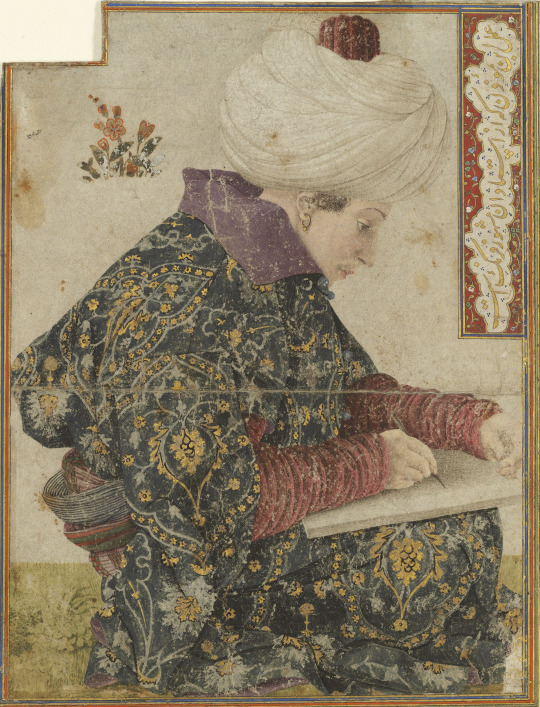
Seated Scribe, variously attributed to Gentile Bellini or Costanzo da Ferrara, 1479-81
#art#art history#Gentile Bellini#Costanzo da Ferrara#drawing#portrait#Orientalism#Orientalist art#Ottoman Empire#Renaissance#Renaissance art#Italian Renaissance#Quattrocento#Italian art#15th century art#pen and ink#watercolor#Isabella Stewart Gardner Museum
847 notes
·
View notes
Text
History memes #39

#funny humor#funny memes#history memes#history#funny#humor#meme humor#ancient rome#ancient roman#roman empire#roman memes#greece#greek memes#hre#holy roman empire#russian empire#italy#Italian empire
36 notes
·
View notes
Photo

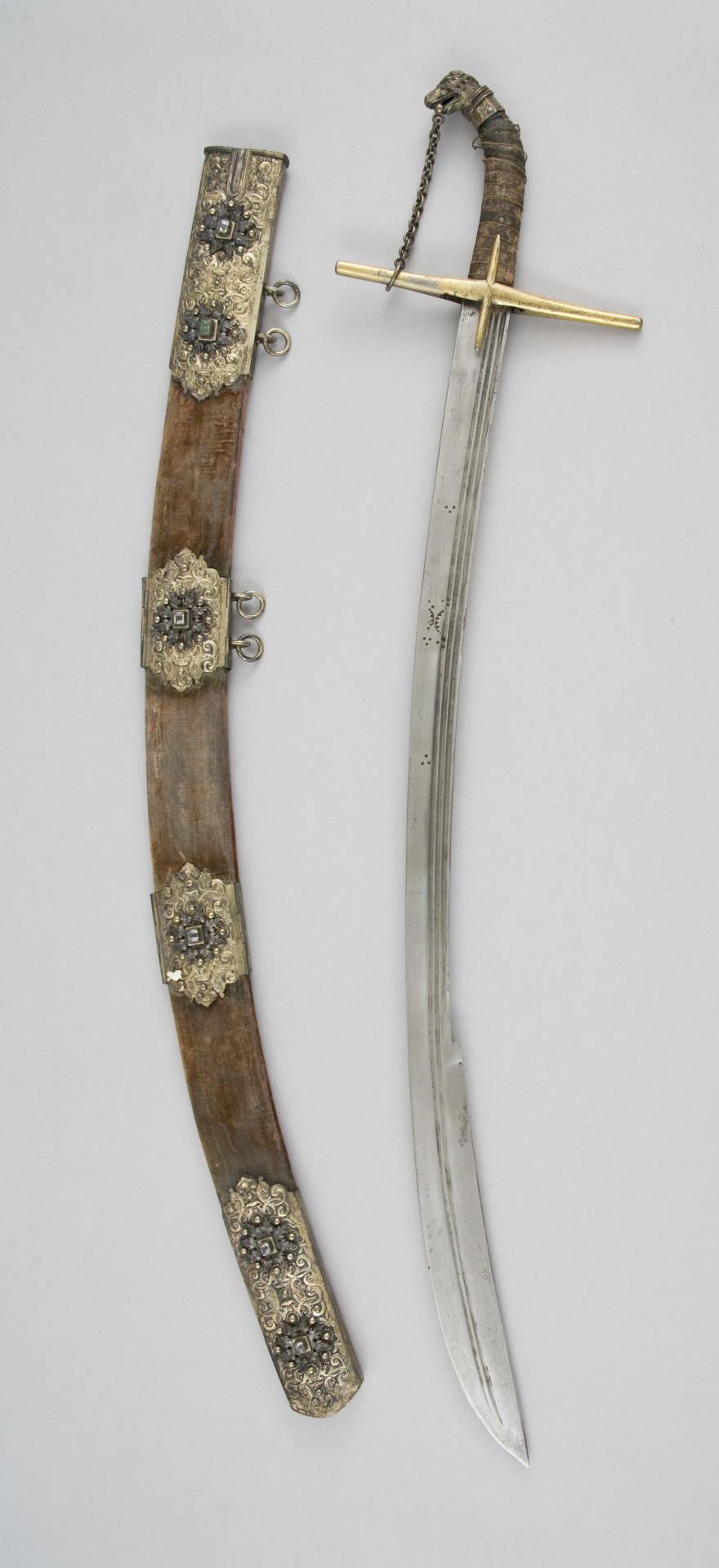
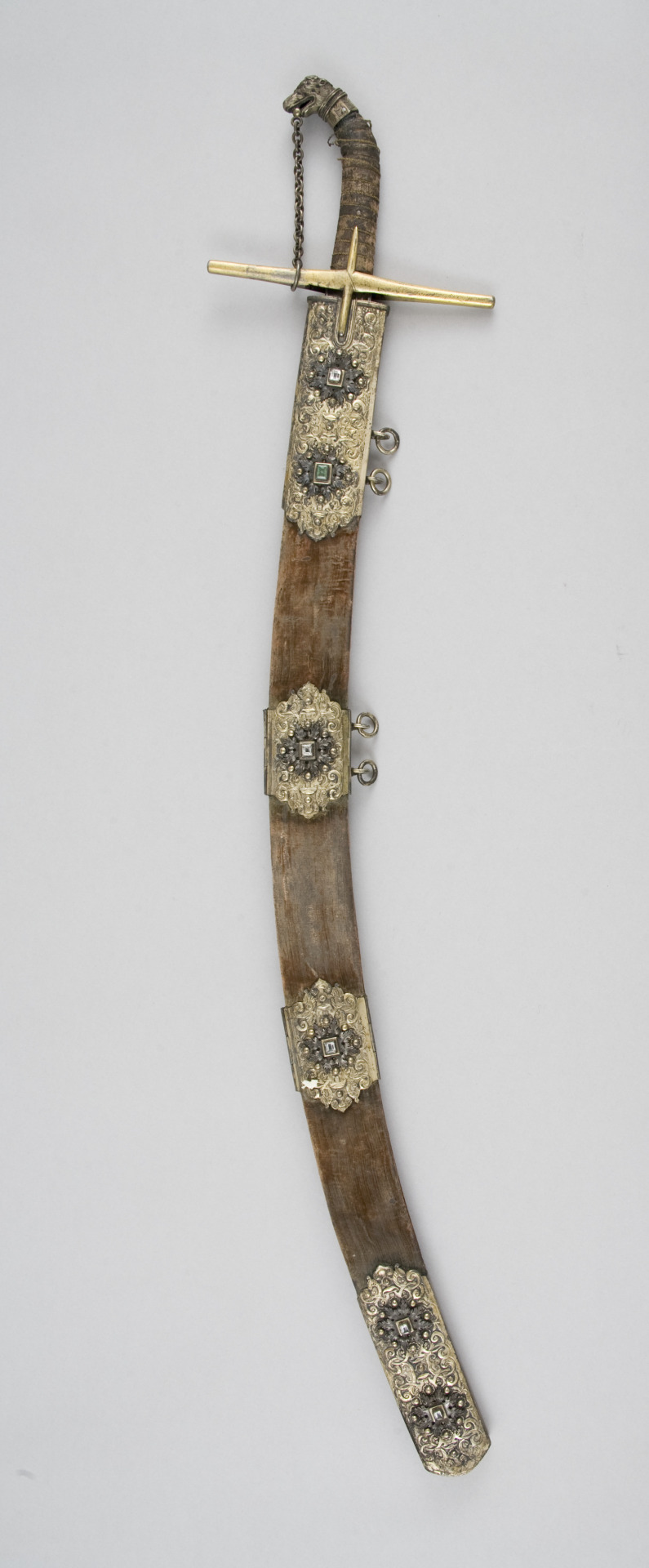
A fabulously gilt Sabre embellished with quartz and emerald,
OaL: 36.1 in/91.8 cm
blade from Dresden, Germany, hilt and fittings from Genua, Italy, 1687, housed at the Czartoryski Museum, Krakow.
#weapons#sword#sabre#europe#european#italy#italian#genoa#germany#german#dresden#hre#holy roman empire#early modern#czartorynski museum#art#history
642 notes
·
View notes
Text

Gustav Wertheimer, Der Schiffbruch der Agrippina
#traditional art#classic art#art detail#traditional painting#classical art#oil painting#art history#art#art details#19th century art#art nouveau#vintage art#art study#artwork#1800s art#20th century art#academic art#british art#contemporary art#german art#fine art#italian art#modern art#renaissance art#spanish art#victorian art#roman empire#rome#ancient rome
406 notes
·
View notes
Text

The Battle of Pavia by Karl Ludwig Hassmann
#battle of pavia#art#karl ludwig hassmann#pavia#italian wars#holy roman empire#france#habsburg#history#medieval#renaissance#middle ages#knights#knight#armour#soldiers#landsknecht#europe#european#italy#northern italy#cavalry#habsburg empire#battlefield
378 notes
·
View notes